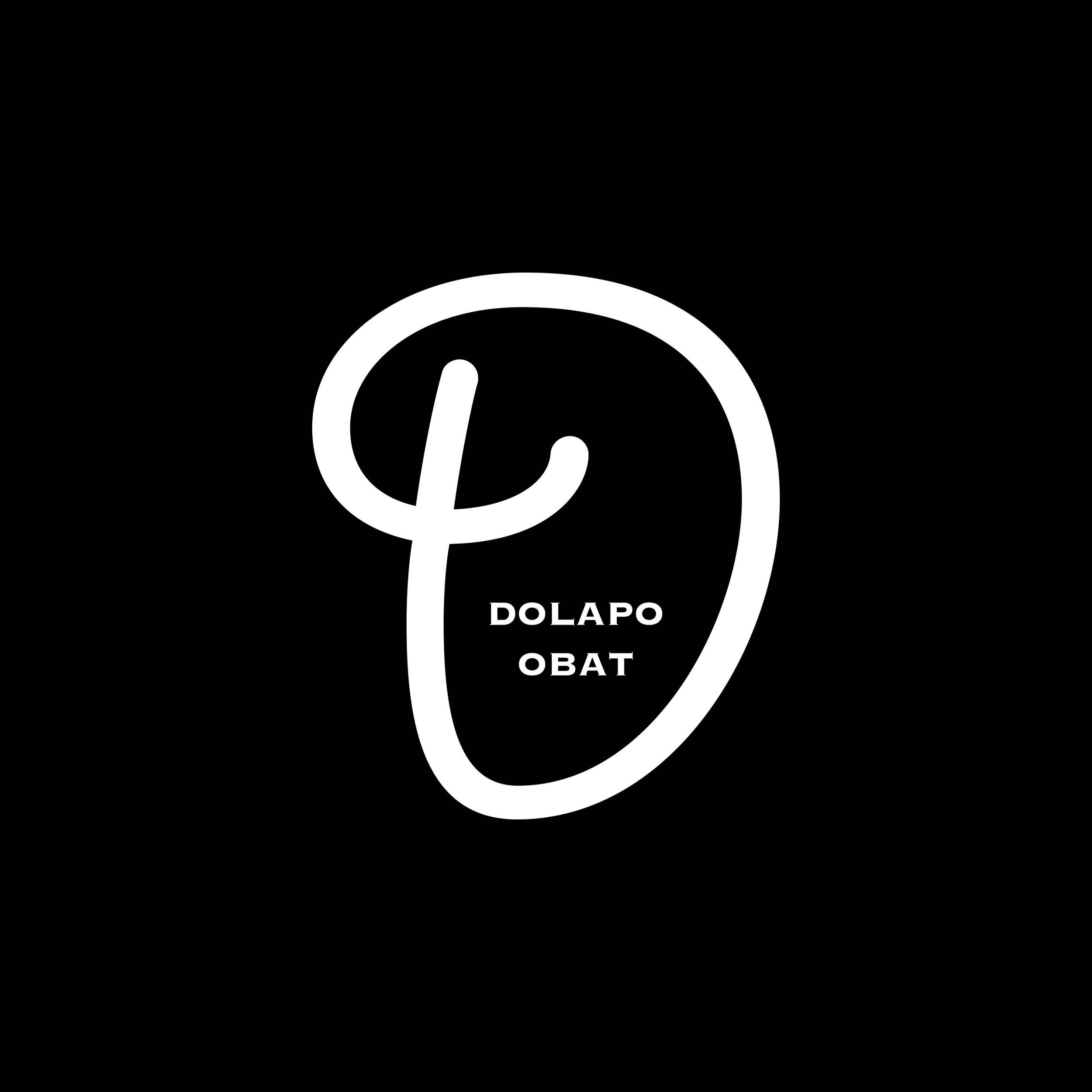Mapping West African Landscapes in Contemporary Art
In the vibrant tapestry of West African contemporary art, a distinct and captivating trend emerges: the mapping of landscapes. Through a rich interplay of colors, textures, and narratives, artists from the region are crafting visual cartographies that transcend geographical boundaries and delve into the essence of West African landscapes. This article embarks on a journey through the evocative world of contemporary art, exploring how West African artists are mapping their physical and metaphorical surroundings with profound insight and creative prowess.
A Journey into West African Landscapes
The landscapes of West Africa are as diverse as the cultures they encompass. From the Sahelian savannas to the coastal vistas, each region tells a unique story shaped by history, tradition, and human interaction. Through contemporary art, these landscapes come alive, inviting viewers to embark on a sensory voyage that transcends mere representation and delves into the heart of the West African experience.
Visual Narratives
Mapping the Past and Present: Contemporary West African artists employ a wide range of mediums—painting, photography, sculpture, and digital art—to map their landscapes. The act of mapping becomes a dynamic narrative tool, allowing artists to trace the historical trajectories and evolving identities of their surroundings. These visual narratives celebrate the inherent dynamism of West African landscapes, as they shift, adapt, and intersect with the human experience.
Textures and Textiles: Mapping the Intangible
Beyond physical geography, West African landscapes are imbued with intangible textures—the rhythms of life, the cadence of speech, and the pulse of tradition. Artists adeptly capture these nuances through a fusion of visual elements, melding textures, and textiles to create multi-dimensional maps. In doing so, they evoke the unseen but deeply felt aspects of West African landscapes, creating a sensory symphony that resonates with viewers.
Metaphorical Mapping
Contemporary West African art goes beyond literal mapping, delving into metaphorical landscapes that explore emotions, memories, and cultural identities. Artists skillfully navigate the human psyche, charting the emotional terrain of joy, sorrow, resilience, and hope. These metaphorical maps invite viewers to engage in introspection, forging connections between the depicted emotions and their own lived experiences.
Urban Mapping and Transformative Spaces
As West African cities evolve and expand, artists are capturing the essence of urban landscapes in flux. The rapid pace of change is palpable, and contemporary art serves as a visual chronicle of these transformations. Through urban mapping, artists document the coalescence of tradition and modernity, highlighting the fusion of past and present that defines West African urban spaces.
Mapping the Diaspora
Tracing Roots and Routes: The West African diaspora is an integral part of the region's cultural narrative, and contemporary artists are mapping the intricate pathways that trace ancestral roots and journeys. These maps serve as powerful tools of identity exploration, bridging the geographical gaps between the continent and its global diasporic communities. The act of mapping becomes a way of reclaiming heritage, reconnecting with ancestral lands, and celebrating the resilience of the diaspora.
Environmental Consciousness
Mapping Ecological Realities: In an era of heightened environmental awareness, contemporary West African artists are mapping ecological landscapes with a renewed sense of urgency. Through their art, they grapple with issues of deforestation, climate change, and ecological imbalance. By mapping these ecological realities, artists contribute to the discourse on sustainability, emphasizing the interconnectedness between humans and their natural surroundings.
Cultural Conversations and Cross-Border Mapping
Mapping West African landscapes transcends geographical confines, facilitating cross-border cultural conversations. Collaborative projects and international exhibitions create a dynamic space where artists from diverse backgrounds converge to map shared narratives. This exchange enriches the visual cartography of West African landscapes, offering a global perspective on the region's artistic expression.
The Digital Cartography: Mapping in the Age of Technology
In an era defined by technology, digital art opens new frontiers for mapping West African landscapes. Digital mediums allow artists to experiment with interactive maps, virtual reality, and multimedia installations that engage viewers in immersive journeys. The digital realm becomes a canvas where landscapes come to life, inviting audiences to traverse West African terrains from the comfort of their screens.
Charting New Horizons
Contemporary West African artists are masterful cartographers, mapping landscapes that transcend the physical to delve into the emotional, spiritual, and cultural. Through their creative prowess, they paint landscapes that tell stories, evoke emotions, and foster cross-cultural dialogues. These maps invite viewers to embark on a journey—one that navigates the intricate terrain of the West African experience, mapping the past, the present, and the boundless possibilities of the future.

